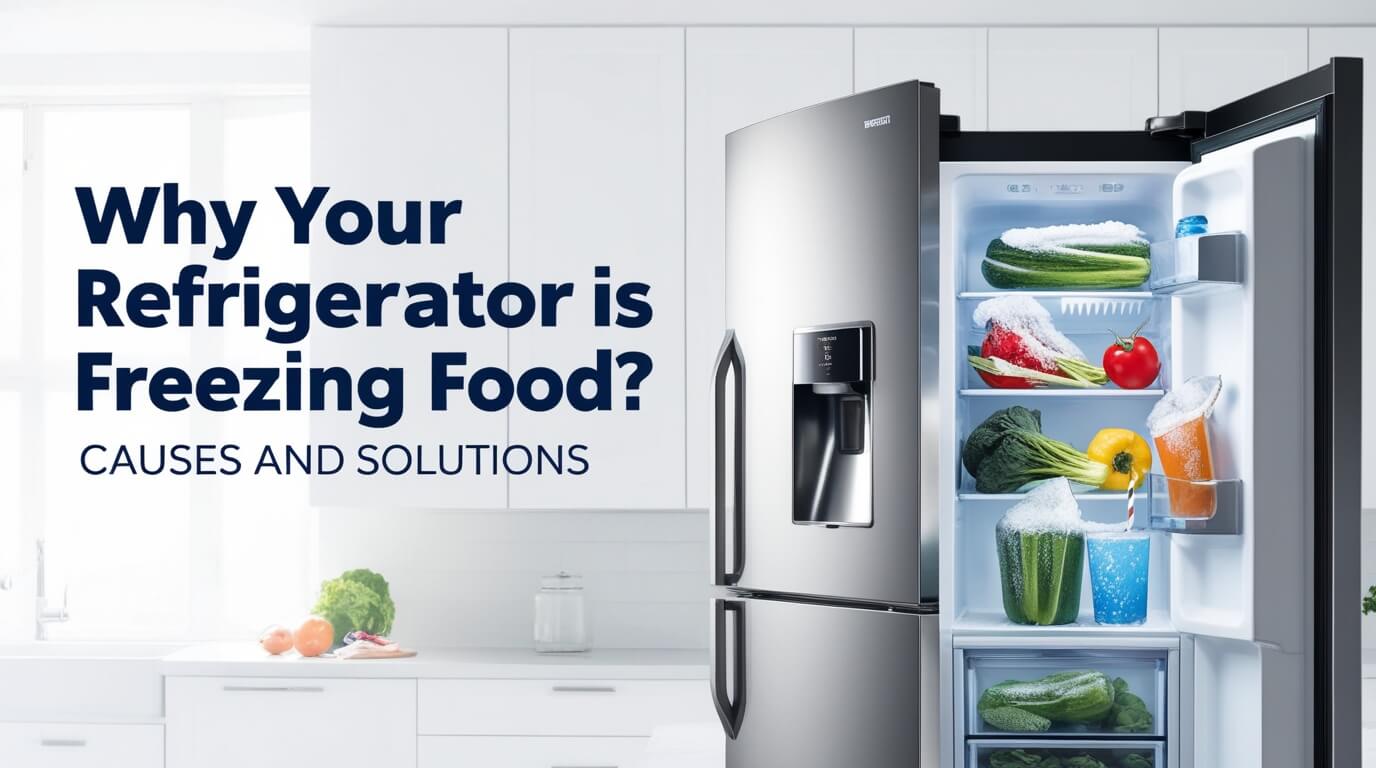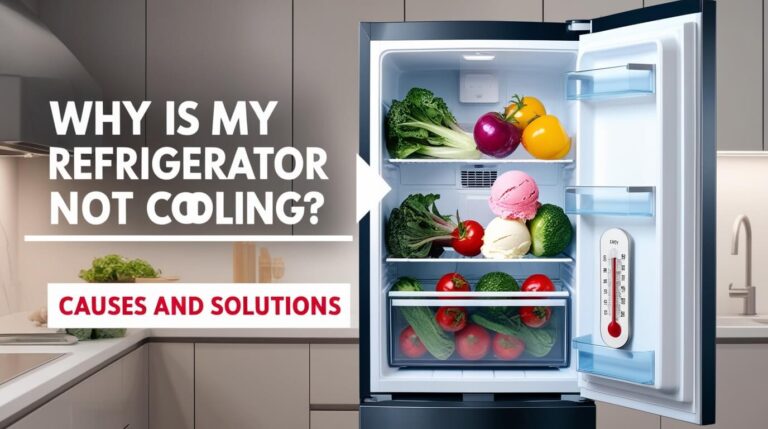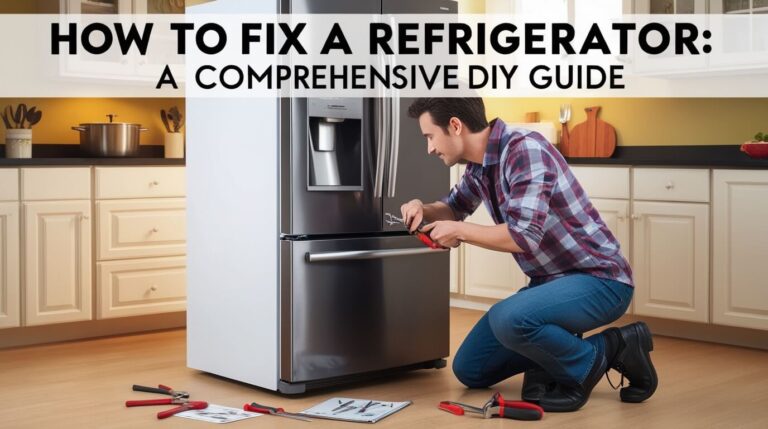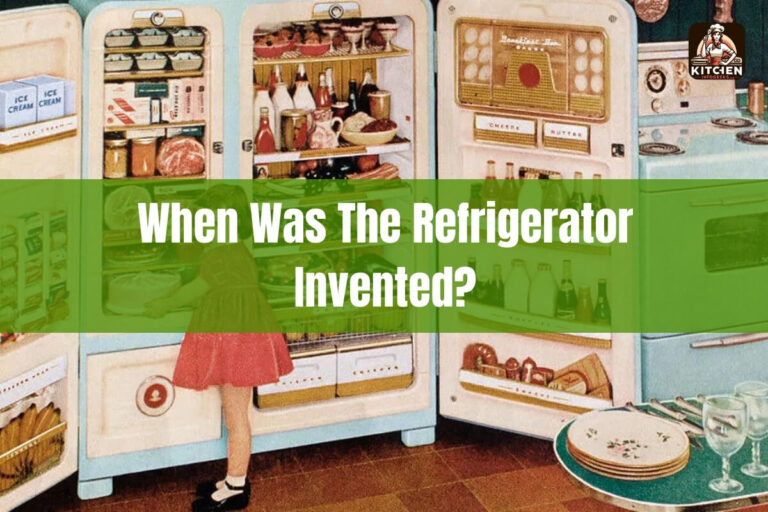
If you’ve opened your refrigerator to find ice crystals on your lettuce or rock-solid milk, you’re dealing with a refrigerator that’s freezing food. This common appliance issue can be frustrating and wasteful, but don’t worry – we’ve got you covered. In this guide, we’ll explore the reasons behind this chilly problem and provide practical solutions to keep your food at the perfect temperature.
Common Signs of a Refrigerator Freezing Food
Spotting the signs early can save you from unpleasant surprises. Watch out for:
- Frost or ice crystals on food items
- Frozen liquids in containers
- Wilted or discolored vegetables
- Changed texture in dairy products
The Impact on Food Quality and Safety
When your refrigerator freezes food, it’s not just an inconvenience. It can affect:
- Nutritional value of fruits and vegetables
- Texture of dairy products
- Safety of thawed meats
- Overall food waste and grocery bills
Top Reasons Your Refrigerator Is Freezing Food
Incorrect Temperature Settings
Your fridge might be working a little too hard to keep things cool. The ideal refrigerator temperature is between 35°F and 38°F (1.6°C to 3.3°C). Anything lower can turn your crisper into an ice box.
Quick fix: Check your temperature settings and adjust accordingly. Give it 24 hours to stabilize before making further changes.
Faulty Thermostat
Sometimes, the thermostat gets its wires crossed (literally or figuratively). When this happens, it might tell your fridge to keep cooling even when it’s cold enough.
What to look for: Inconsistent temperatures or a fridge that never seems to stop running.
Blocked Air Vents
Your refrigerator needs to breathe too! Blocked vents can cause cold air to concentrate in certain areas, creating icy patches.
How to help: Ensure food items aren’t crowding the vents. Rearrange your fridge contents to allow for better air circulation.
Malfunctioning Damper Control
The damper controls the flow of cold air from the freezer to the fridge. If it’s stuck open, you might end up with freezer temperatures in your refrigerator.
Signs of trouble: Consistently low temperatures in the fridge, even after adjusting settings.
Dirty Condenser Coils
These coils help your fridge release heat. When they’re caked with dust, your fridge has to work overtime, potentially causing overcooling.
Easy maintenance: Clean your condenser coils every six months. It’s easier than you think and can significantly improve your fridge’s performance.
Damaged Door Gasket
A worn-out door seal lets warm air in, causing your fridge to overcompensate by cooling more than necessary.
Check it out: Close the door on a dollar bill. If you can easily pull it out, it’s time for a new gasket.
Troubleshooting Steps for a Refrigerator Freezing Food
Checking and Adjusting Temperature Settings
First things first, let’s make sure your fridge isn’t set to arctic mode:
- Locate the temperature controls (usually inside the fridge)
- Set it to the recommended 37°F (2.8°C)
- Wait 24 hours before making further adjustments
Remember, every time you open the door, you’re letting warm air in. Try to minimize door openings to maintain a stable temperature.
Inspecting and Cleaning Air Vents
Time to play detective and find those sneaky vents:
- Remove all food items
- Locate the vents (usually on the back wall)
- Ensure nothing is blocking them
- Clean with a soft brush or vacuum attachment
Pro tip: Use clear plastic organizers to keep items neatly arranged and away from vents.
Testing the Door Seal
A simple test can save you from a big headache:
- Close the door on a piece of paper
- Try to pull it out
- If it slides out easily, your seal needs replacing
Replacing a door gasket is often a simple DIY job. Check your fridge’s manual for instructions.
Cleaning Condenser Coils
Roll up your sleeves, it’s cleaning time:
- Unplug the refrigerator
- Locate the coils (usually at the back or bottom)
- Vacuum thoroughly
- Use a coil brush for stubborn dust
Make this a regular part of your cleaning routine. Your fridge (and your energy bill) will thank you.
Examining the Damper Control
This might require a bit more technical know-how:
- Locate the damper (usually between fridge and freezer)
- Check if it’s opening and closing properly
- If stuck, try cleaning it gently
- If problems persist, consider professional help
When to Call a Professional
Signs of Serious Refrigerator Problems
Sometimes, DIY just won’t cut it. Look out for:
- Continuous running without cooling
- Strange noises or vibrations
- Visible frost build-up inside the fridge
- Water leaking onto the floor
Choosing a Reliable Appliance Repair Service
Don’t trust your fridge to just anyone:
- Look for licensed and insured professionals
- Check online reviews and ratings
- Ask for a detailed estimate before work begins
- Inquire about warranties on parts and labor
Preventing Your Refrigerator from Freezing Food
Proper Food Storage Techniques
Smart storage can help maintain consistent temperatures:
- Use airtight containers to prevent moisture loss
- Don’t overfill – allow for air circulation
- Keep raw meats on the bottom shelf to prevent drips
Regular Maintenance Tips
A little TLC goes a long way:
- Clean the interior monthly with mild soap and water
- Defrost manual-defrost freezers when ice builds up
- Replace water filters as recommended by the manufacturer
Optimal Refrigerator Organization
Organize like a pro:
- Keep dairy on upper shelves where it’s slightly warmer
- Use crisper drawers for fruits and vegetables
- Store condiments in door shelves
FAQs About Refrigerators Freezing Food
Why is my refrigerator freezing vegetables in the crisper drawer?
Crisper drawers are designed to maintain higher humidity, but they can freeze if:
- The temperature setting is too low
- The drawer is overfilled, blocking air circulation
- The fridge’s cooling system is malfunctioning
Try adjusting the temperature and reducing the contents of the drawer. If the problem persists, it might be time for a professional check-up.
Can a refrigerator freeze food on the lowest setting?
Yes, it can. The lowest setting often means the coldest temperature. If your fridge is set too low, even on its lowest setting, it can cause freezing. This might indicate a need for calibration or repair.
How do I stop my side-by-side refrigerator from freezing food?
Side-by-side models can be tricky. Try these steps:
- Check for proper sealing on both doors
- Ensure the partition between fridge and freezer isn’t damaged
- Verify that the damper control is working correctly
- Adjust temperature settings for both compartments
If these don’t work, consult your manual or a professional for model-specific advice.
Remember, if you’re ever in doubt or facing persistent issues, it’s always best to consult with a professional. They can provide tailored advice and solutions for your specific refrigerator model. Here’s to perfectly chilled – not frozen – food in your future!






